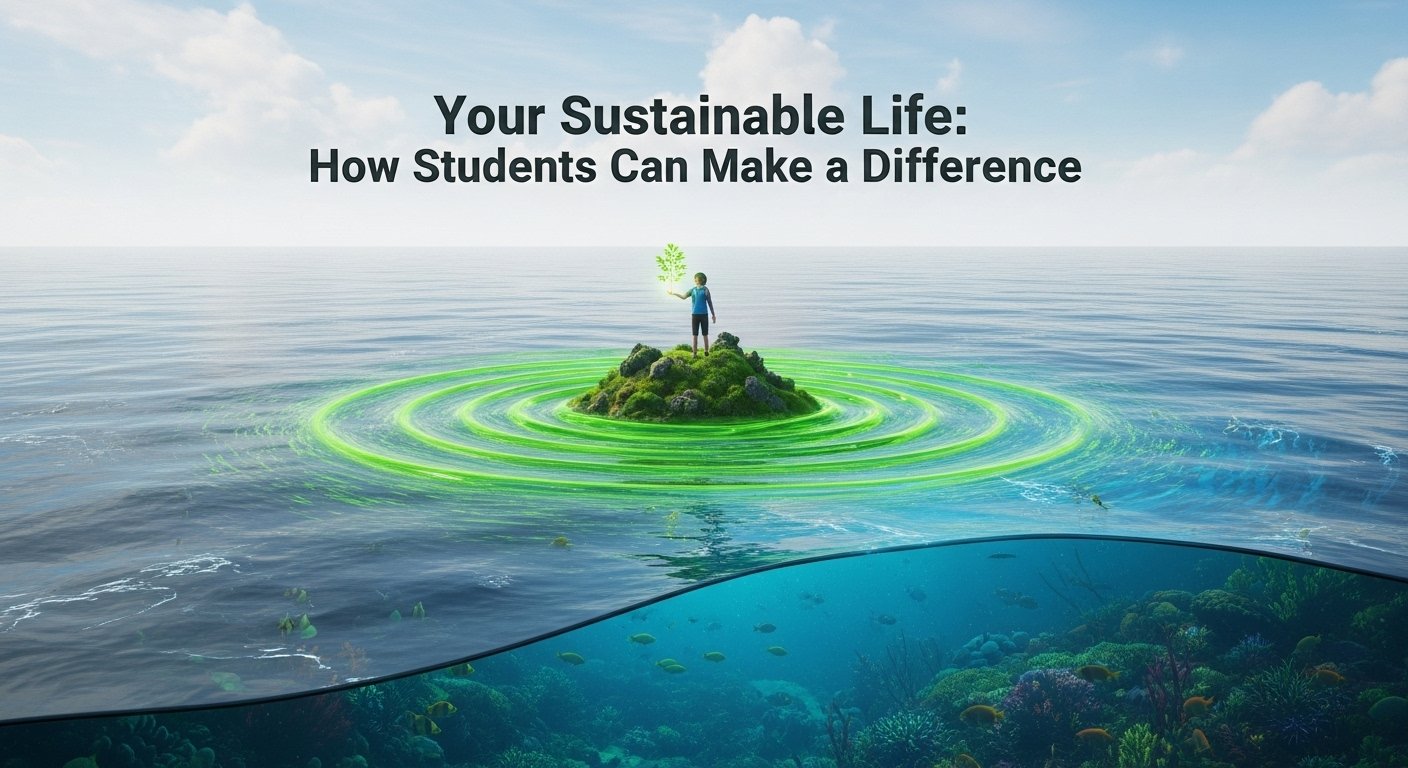Your Sustainable Life: How Climate Change Education Empowers Students to Actually Make a Difference
I remember the exact moment the feeling hit me. I was helping clean up after a college event, and I was holding two giant, heavy trash bags filled with single-use plates, plastic cutlery, and half-eaten food. Standing there, I felt this overwhelming disconnect between what I knew in my head—that waste is bad, that our planet is in trouble—and the reality of the trash bags in my hands. It was a frustrating feeling of helplessness. We all know there’s a problem, but what can one student really do? This question is the biggest hurdle in our fight for a healthier planet, and the answer begins with a new, empowering approach to climate change education.
For too long, climate change education has been stuck in the classroom, a subject filled with daunting graphs and scary statistics about melting ice caps. While this information is crucial, it often fails to connect with our daily lives, leaving us with a sense of anxiety but no clear path to action. But what if we reframed it? What if climate change education wasn’t just about understanding the problem, but about giving us a practical user manual for sustainable living? It’s about transforming knowledge into skills, anxiety into agency, and that frustrating feeling of helplessness into a powerful sense of purpose.
The Knowledge-Action Gap: Why Knowing Isn’t Doing
Many of us are walking around with our heads full of climate facts. We can ace a test on the greenhouse effect, but we still buy coffee in a disposable cup every day. This isn’t because we don’t care; it’s a well-known phenomenon called the “knowledge-action gap.” We have the information, but we lack the practical tools, the habits, and—most importantly—the belief that our individual actions truly matter.
This is where modern climate change education comes in. It’s designed specifically to bridge this gap. It goes beyond the scientific facts and focuses on:
- Building Sustainable Habits: Transforming big ideas into small, repeatable daily actions.
- Fostering a Sense of Agency: Proving to students that their choices have a real, tangible impact.
- Connecting to a Community: Showing that individual actions, when multiplied by millions, create a powerful collective force for change.
This approach shifts the focus from a global crisis we can only worry about to a personal lifestyle we can actively shape.
Applied Scientific Thinking: A Practical Framework for Real-World Problem-Solving
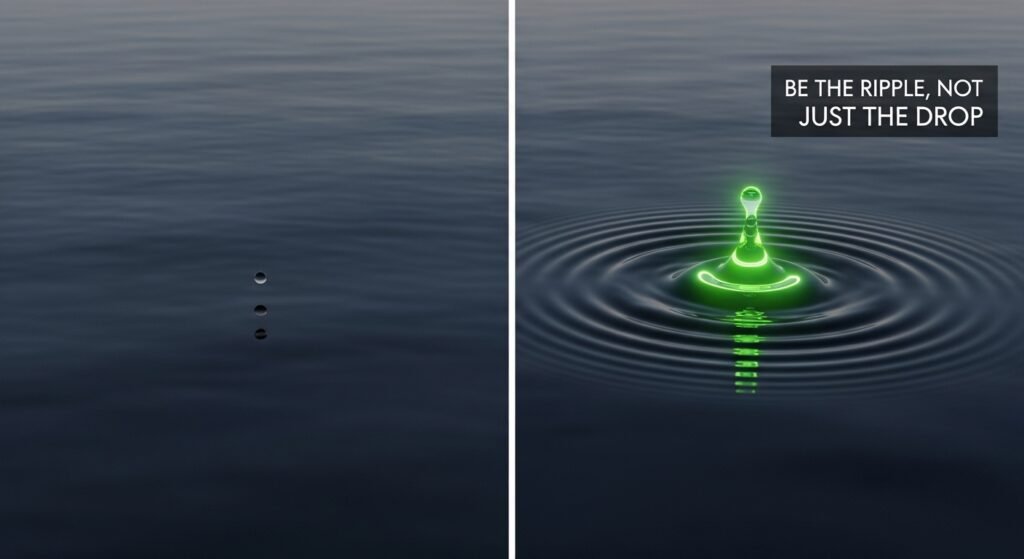
The “Drop in the Ocean” vs. “The Ripple Effect”: A Crucial Mindset Shift
One of the biggest psychological barriers to sustainable living is the feeling that our individual efforts are just a tiny, insignificant “drop in the ocean.” Effective climate change education helps us reframe this limiting belief into a more empowering one: the ripple effect.
| “Drop in the Ocean” Mindset (Leads to Inaction) | “The Ripple Effect” Mindset (Leads to Empowerment) |
| “My refusing a plastic straw won’t save the turtles.” | “My choice starts a conversation and normalizes sustainable behavior for my friends.” |
| “Mega-corporations are the real polluters, so my actions are pointless.” | “My purchasing decisions send a message. Consumer demand drives corporate change.” |
| “The problem is too big and it’s too late to do anything.” | “Every positive action builds momentum and creates a culture of hope and possibility.” |
| “I have to be perfectly zero-waste or it doesn’t count.” | “Progress, not perfection. Every conscious choice is a small victory for the planet.” |
Export to Sheets
Adopting the ripple effect mindset is the first and most critical step. Your choices are not isolated events; they are signals you send to your friends, family, and the marketplace. They are the start of a cultural shift.
Applied Scientific Thinking: A Practical Framework for Real-World Problem-Solving
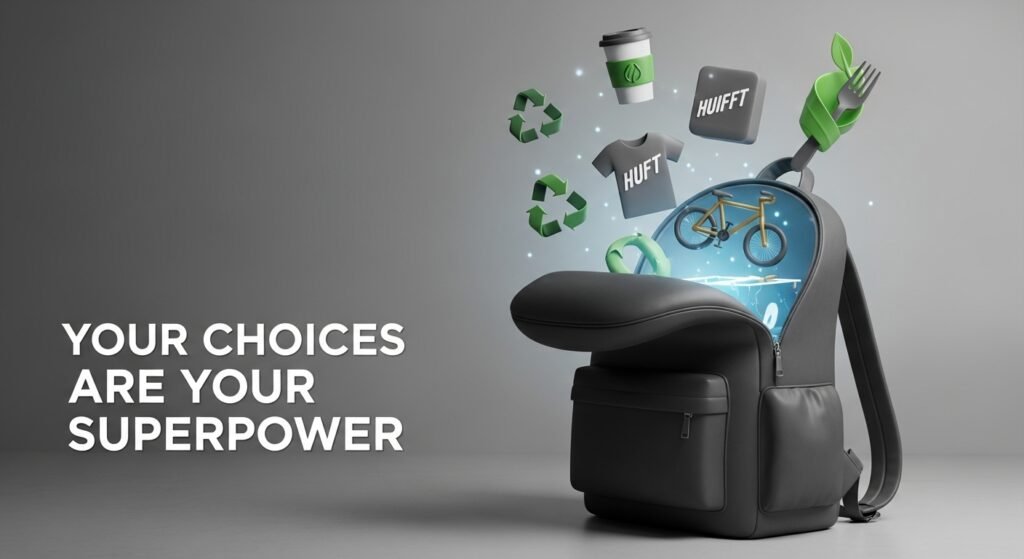
Your Sustainable Living Blueprint: Where Education Meets Everyday Action
So, how do we start creating those ripples? True climate change education gives you a blueprint to apply in every area of your life. It’s not about doing everything at once, but about picking a starting point and building from there.
On Campus: Be the Catalyst for Change
Your school or college campus is a perfect ecosystem to practice advocacy and inspire collective action.
- Start a Green Initiative: Don’t have a sustainability club? Start one. Focus on one tangible project per semester, like a campus-wide composting program or a campaign to reduce energy use in dorms.
- Organize a Swap Event: Fast fashion is a huge contributor to waste and carbon emissions. Organize a “Thrift Flip” or a clothing swap event where students can trade clothes instead of buying new ones. It’s fun, social, and incredibly sustainable.
- Advocate for Better Systems: Use your student voice. Work with the administration to improve recycling infrastructure, install water bottle refill stations, or incorporate more plant-based options in the cafeteria.
At Home: The Power of Your Daily Habits
This is where you have the most control and where small changes add up to a massive impact over time.
1. Rethink Your Plate: The Food Footprint
The connection between our food and the planet is enormous. In fact, Project Drawdown, a leading climate solutions resource, identifies reducing food waste as one of the single most effective things we can do to combat climate change.
- Waste Less Food: Plan your meals. Love your leftovers. Understand “best by” vs. “use by” dates. Simple actions like these prevent the release of methane (a potent greenhouse gas) from landfills.
- Eat More Plants: You don’t have to go vegan overnight, but incorporating more plant-based meals into your week significantly reduces your carbon footprint. Try “Meatless Mondays” as a starting point.
- Support Local: Buying from local farmers’ markets reduces “food miles”—the distance your food travels from farm to plate.
How to Start Online Tutoring in 2025 — Earn from Home
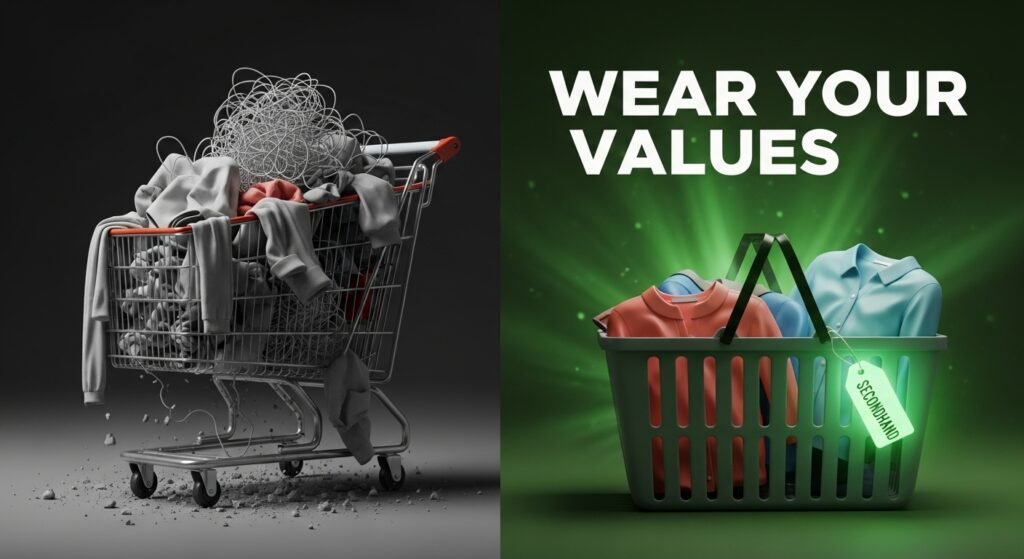
2. Redefine Your Style: The Conscious Closet
The fast fashion industry produces more carbon emissions than all international flights and maritime shipping combined. A core part of climate change education is understanding the lifecycle of the products we buy.
- Embrace Secondhand: Thrifting is your superpower. It gives clothes a second life, saves them from the landfill, and helps you develop a unique personal style.
- Buy Less, Choose Well: Instead of buying ten cheap, trendy items, invest in one or two high-quality, versatile pieces that you will wear for years.
- Learn Basic Repairs: A missing button or a small tear doesn’t mean a shirt is trash. Learning to do a simple repair is a radical act of sustainability.
3. Re-evaluate Your Energy: The Digital Diet
Our lives are powered by electricity, much of which still comes from fossil fuels. Being mindful of your energy use is a simple but powerful habit.
- Slay Vampire Power: Many electronics continue to draw power even when they’re turned off. Unplug chargers, gaming consoles, and TVs when not in use, or use a power strip that you can easily switch off.
- Switch to LEDs: If you have control over the lightbulbs in your space, switching to LEDs is a no-brainer. They use a fraction of the energy and last far longer than traditional bulbs.
A Personal Experiment: My One-Week Journey to Less Waste
To really understand the challenges, I decided to try a personal “less-waste” challenge for one week. My goal wasn’t to be perfectly zero-waste (which is nearly impossible) but to be radically conscious of every single thing I was about to throw away.
The first couple of days were a reality check. I was stunned by how much packaging is unavoidable, from the plastic film on vegetables to the wrapper on a granola bar. It forced me to get creative. I found a local bakery that would sell me bread in my own cloth bag. I started making my own coffee instead of getting a takeaway cup. The biggest win? I planned my meals meticulously, and for the first time in ages, I ended the week having thrown away almost no food.
It wasn’t easy, and I wasn’t perfect. But the experiment permanently rewired my brain. I no longer see a plastic bottle as just a bottle; I see the oil it was made from and the landfill where it will sit for 500 years. This hands-on, personal experience was the most effective climate change education I’ve ever had.
How to Start Online Tutoring in 2025 — Earn from Home
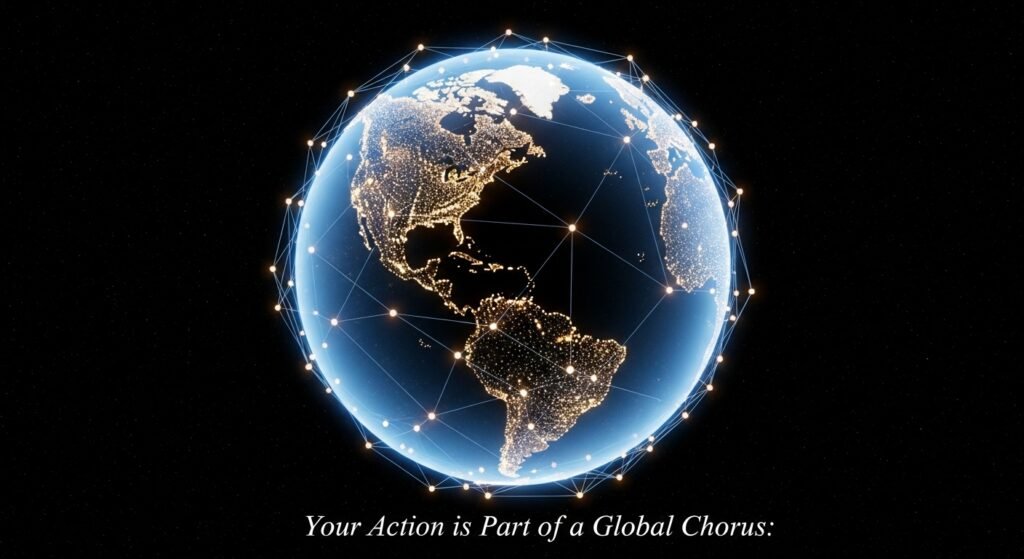
Connecting Your Actions to a Global Movement
It’s easy to feel small, but it’s vital to remember that your actions are part of a massive global effort. The United Nations Sustainable Development Goals (SDGs) are a shared blueprint for peace and prosperity for people and the planet.
When you reduce food waste, you’re contributing to SDG 2 (Zero Hunger) and SDG 12 (Responsible Consumption and Production). When you advocate for clean energy on campus, you’re contributing to SDG 7 (Affordable and Clean Energy) and SDG 13 (Climate Action). Seeing how your daily habits connect to these global goals transforms them from chores into meaningful contributions to a better world.
Conclusion: You Are the Ripple Effect
Climate change education is not about guilt. It’s about empowerment. It’s the process of understanding that the systems we live in are made up of individual choices, and we have the power to influence those choices every single day. Sustainable living isn’t about a few people doing it perfectly; it’s about millions of us doing it imperfectly, but consistently.
Don’t be discouraged by the scale of the problem. Be inspired by the power of your own ripple. Start with one small change. Master it. Then add another. Talk about it with your friends. Your conscious choices, your daily habits, and your passionate voice are the most powerful tools we have. You are the hope, you are the change, and your sustainable journey starts now.
What is one sustainable habit you are proud of, or one you would like to start this month? Share it in the comments below—let’s inspire each other!

